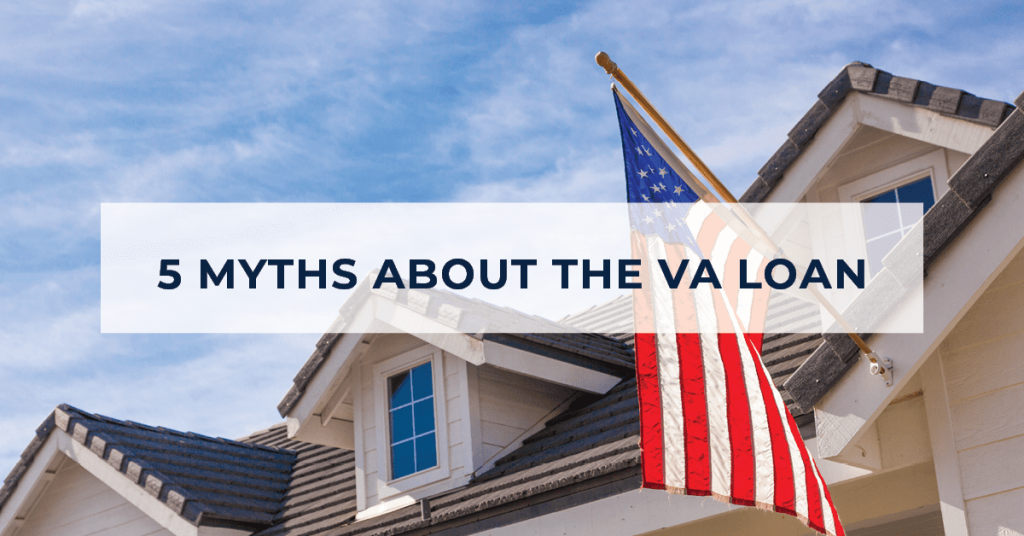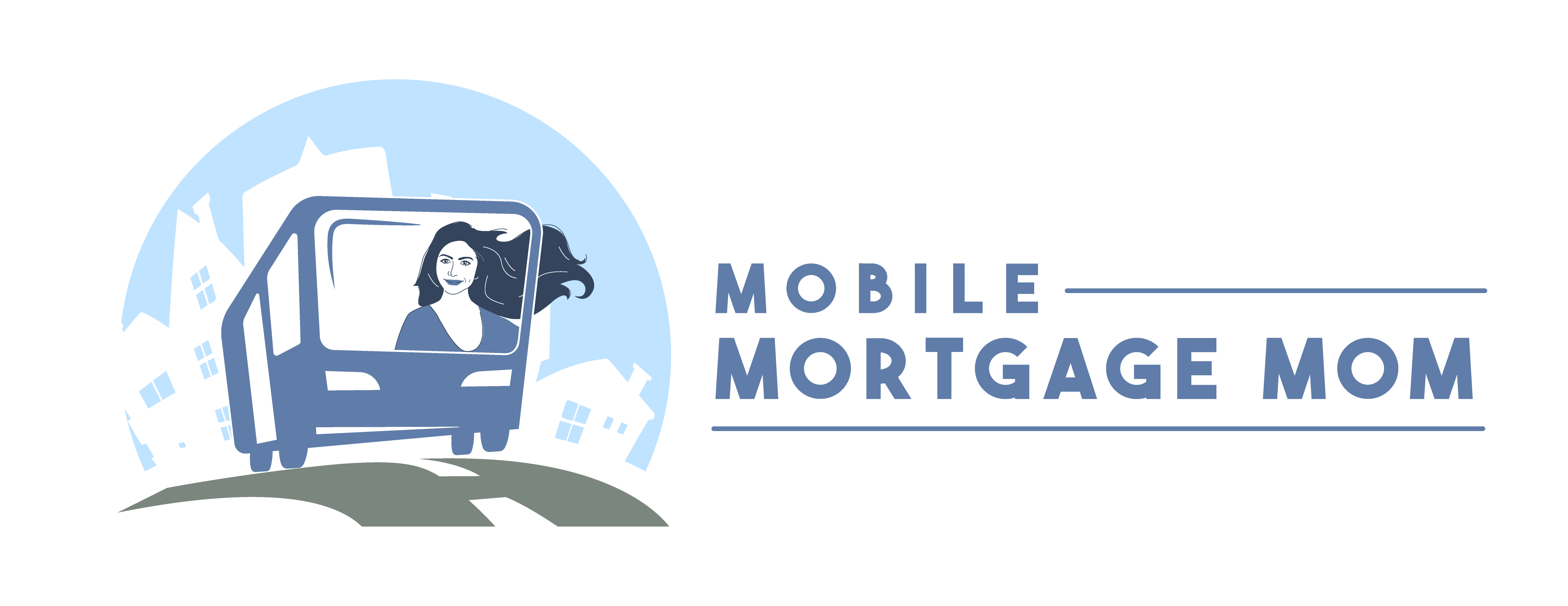
The Veterans Affairs (VA) loan is just one benefit military members can use as a reward for their service. Its generous terms and flexible requirements have helped numerous families achieve homeownership, but there are still things many people get wrong about the VA loan. Here are some of the most common myths about the VA loan, debunked.
Myth: The VA loan is Only for Active-Duty Military and Veterans
You wouldn’t be wrong if you thought active-duty service members and veterans were the most prominent beneficiaries of the VA loan, but they aren’t the only populations that can use it. National Guard and Reserve members may be eligible for a VA loan if they have served six or more years or have at least 90 consecutive days of active duty, as well as an acceptable type of discharge as determined by the VA. Surviving spouses may also be able to use a VA loan if they can obtain a certificate of eligibility (COE) and meet certain conditions, like remaining unmarried at the time of application and if the Veteran died while serving or due to a service-related disability.
Myth: The VA Loan is Bad for Sellers
The VA loan has made homeownership possible for millions of military families since 1944, but there are still sellers who are wary of it. Some believe that because VA loans don’t require a down payment or private mortgage insurance (PMI), military buyers are riskier. This couldn’t be further from the truth. VA financing can fully cover the mortgage prices in many cases, and it will guarantee up to 25% of the loan in case of default. VA buyers also have more money to put towards the offer.
Another misconception is that sellers have to pay all of the buyer’s fees at closing. To maintain affordability, the VA limits homebuyers from paying certain unallowable fees. The VA states sellers have to pay for a termite inspection, real estate agent fees, brokerage fees, and buyer broker fees. There are more closing costs that VA buyers can’t pay, but that doesn’t mean the seller is obligated to pick up the tab for all of them. Lenders and agents may cover some of the unallowable fees, and buyers can negotiate with sellers to pay them. It’s important to note that sellers can’t pay more than 4% in seller’s concessions for a VA loan.
Myth: VA Loans Have No Closing Costs
Even with the cost-saving features of the VA loan, it’s not entirely a free ride. There are still closing costs, including a funding fee unique to the VA loan. The funding fee is a one-time payment that helps reduce taxpayer expense to fund the loan. The fee ranges from 1.4-3.6% of the loan amount depending on the down payment amount. Though a down payment isn’t required, the more you can contribute, the lower your fee. You can pay it upfront at closing, roll it into your mortgage, or ask the seller to pay it. For any subsequent uses of your VA loan, the funding fee can be higher if you have a down payment less than 5%. There are a few situations in which the fee may be waived, like in cases of a service-related disability or for an eligible surviving spouse. If you’re concerned about closing costs, consider asking your lender for a lender credit or negotiate with the sellers for a contribution. Again, sellers can pay up to 4% in closing costs.
Myth: The VA Appraisal is Too Strict
The mandatory VA appraisal is another thing that makes the VA loan distinct from other loans, and many people are intimidated by it. Properties need to have an appraisal done to assess fair market value and the home’s safety and sanitary conditions. The appraisal is not the same as a home inspection, as a true inspection is more thorough. An independent appraiser will review the home against the VA’s list of minimum property requirements (MPRs). Issues appraisers will look for include exposed wiring, termite damage, and adequate drainage. If the home doesn’t meet the MRPs, the problems will need to be fixed before proceeding. Sellers and buyers should negotiate expenses. An appraisal also uses housing market data to see whether the proposed loan amount is comparable to that of similarly valued homes. Though the VA appraisal may seem tedious, it’s not much different than a standard appraisal. Homeowners who have maintained their home shouldn’t be too worried about major issues appearing.
Myth: VA Loans Can Only be Used Once
Luckily, the VA loan can be taken out multiple times as long as you have entitlement to use. Entitlement is how much the VA will guarantee the lender if you default. When you first use a VA loan, you have full entitlement. This means you can buy a home at any given price with no down payment, so long as your lender approves you for a mortgage. If you’ve fully paid off and sold your VA-financed home, your full entitlement is restored for your next purchase. It’s even possible to have more than one loan out at once if you use any remaining entitlement to buy another home. Be aware that if you’re buying with reduced entitlement, you’ll likely need a down payment.
The VA loan isn’t just a lucrative loan program, it’s a benefit you’ve earned through service. The intricacies of the loan have led to misunderstandings among military homebuyers and home sellers alike, which is why it’s crucial to work with a lender and real estate agent with a strong track record of working with VA homebuyers.
For informational purposes only. You should refer to the VA for specific guidelines regarding your eligibility.
